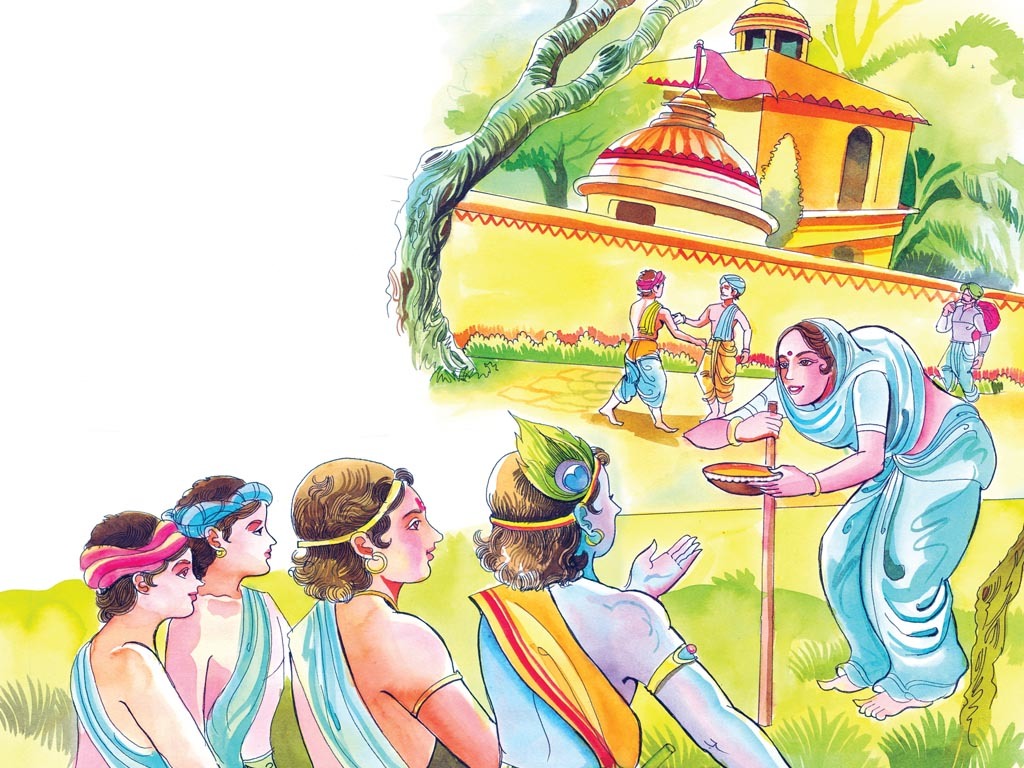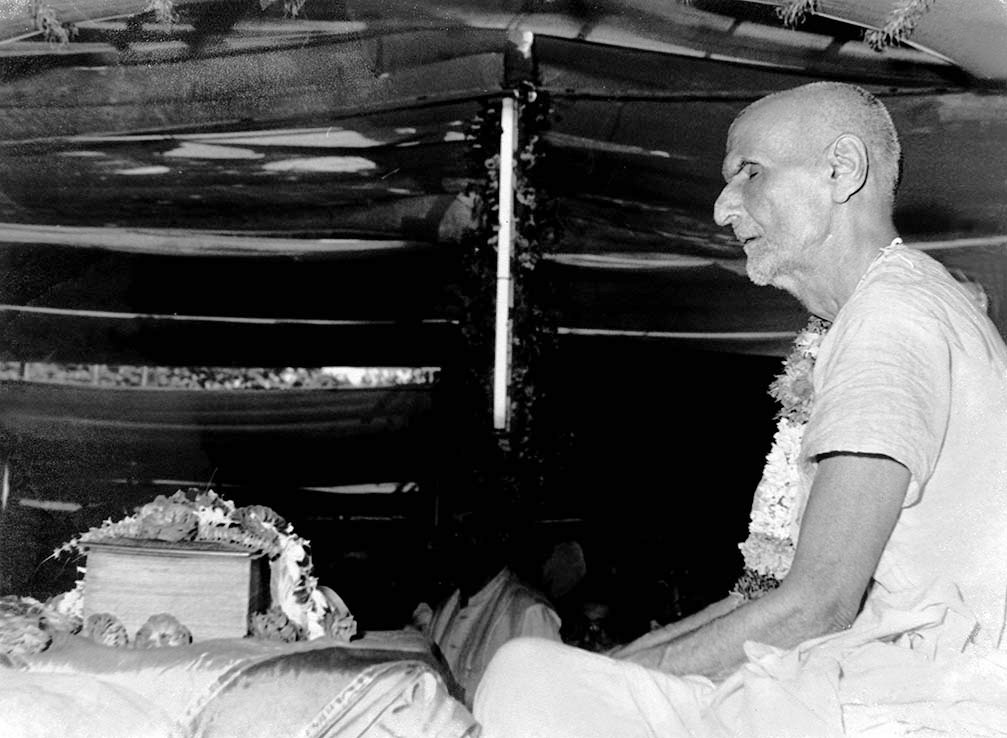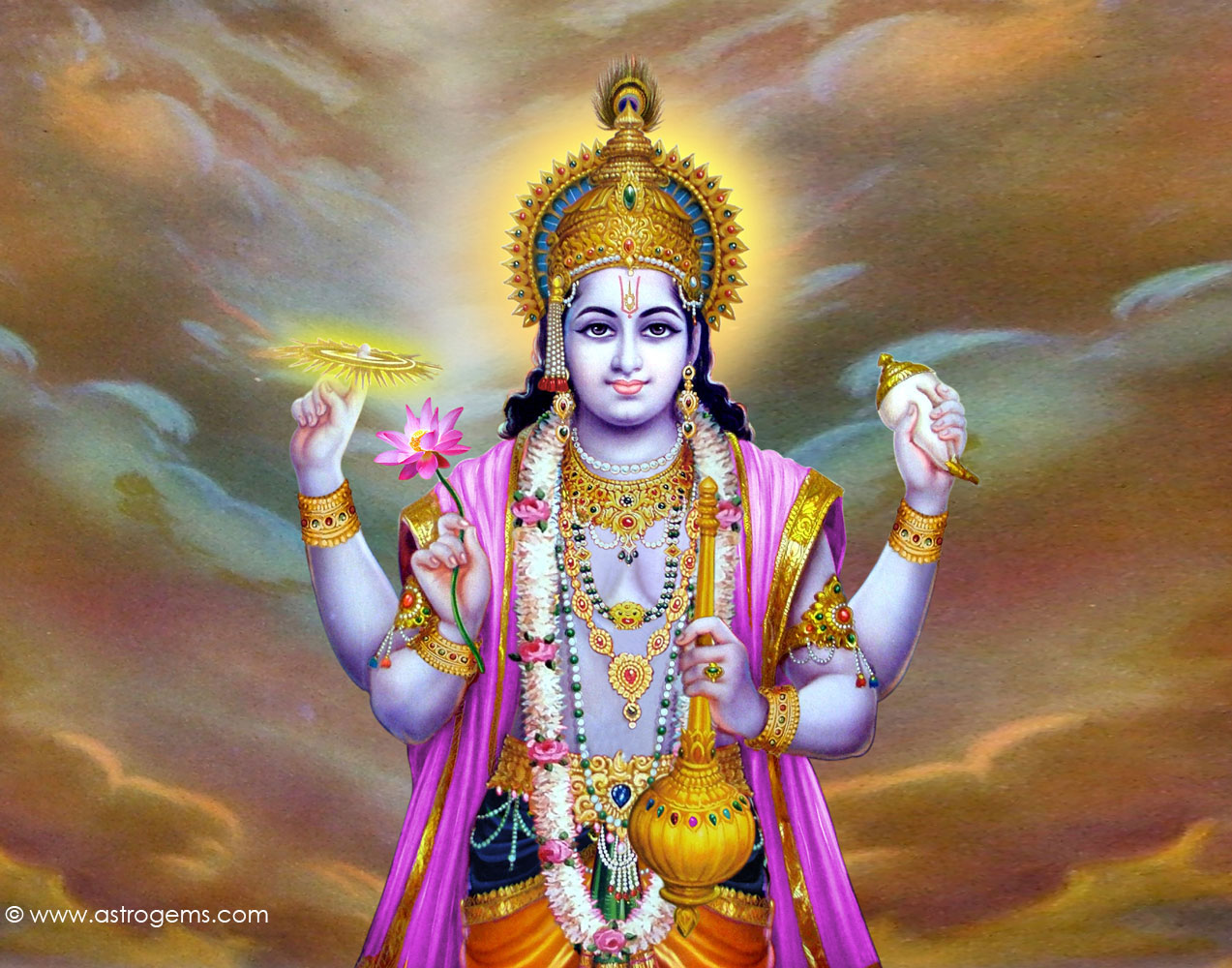THE OBSTACLES IN THE PATH TO FREEDOM
THE OBSTACLES IN THE PATH TO FREEDOM
Desh ki Swatantra mein upasthit badhaein
(देश की स्वतन्त्रा में उपस्थित बाधाएँ)
Pravachan on 6-8-1938 ( from the book LEKH aur UPDESH )
We have been discussing the divine and wonderful character of Lord Krishna where we can learn many lessons on the ways to conduct our life. In the character of the Lord we can find the essence of Adhi Daivik, Adhi Bhautik and Adhyatmik realities.
Shri Krishna is “Sat Chid Anand” (सत् चितानंद) Swarup.
The SAT bhav or the divine form is ADIBHAUTIK – the material cause.
The CHID bhav is ADHYATMIK (spiritual).
The ANAND bhav is ADHIDAIVIK (the efficient cause).
Only a true devotee can understand the complete character of the Lord.
A horticulturist can only understand about plants which we cannot. We may consider the ‘Sahdevi’ plant as an ordinary plant but only the one knowledgeable in this field can say—‘A person running high fever can tie the plant on his head to reduce the fever immediately.’
It is necessary to be a complete devotee of the Lord to understand Krishna. Only the one who studies the scriptures with complete devotion can unfold the many mysteries within. Historically, Krishna is known as a great King. This viewpoint is AdhBhautik.
True devotees understand His manifold divine and worldly duties as AdhiDaivik. Vedantists learn Brahm Vidya and the ways and means to achieve it from Krishna’s character. This aspect can be called Adhyatmik.
Adhyatmik is that which has a correlation with the Prana, Buddhi , Mind and Atma. Today we shall throw light on the AdhiBhautik aspect of Krishna and His manifestation in this world.We learn a great deal from this AdhiBhautik aspect of His character.
What is the lesson that the people have learnt from this metaphor of ‘picking up the hill‘ and whether any progress oriented results have been achieved. Today we shall explain this bhava.
Audio Player(Audio Pravachan of Goverdhan leela by Swamiji)
Brijwasis celebrated ‘Indra Yagna’ every year wherein Indra Devta was worshipped. Krishna asked the Brijwasis to pray to the Goverdhan Mountain instead. Since the Brijwasis adored Krishna, they could not ignore His advice. They were completely overpowered and fascinated with Him and were ever ready to give up their life for Him. This is LOVE. There is no dichotomy between the lover, the love and the object of love. All merge in ONE. The one who loves Ishwar merges in Him.
Someone has rightly said –‘Love is God and God is Love’.
Distance is no barrier in the expression of love. A poet has expressed it in the following manner :-
The moon and the ocean are miles apart and yet seeing the full moon, the ocean rises to embrace it with its waves which are like the arms of the lover.
The sun and lotus are miles apart, but yet when the sun shines, all the lotuses in the lake bloom and shine.
The clouds and the peacock are far apart, but seeing the dark (shyam) clouds, the peacock starts calling its lover with ecstasy.
The large black bee and the creeper are also at a great distance from each other. On receiving the fragrance of the creeper the bee starts buzzing with joy!
The slow moving group of swans is so far away from the Mansarovar Lake and yet the attraction is immense. The truth is, the one who loves somebody is still his ‘beloved’ because distance is not a criteria.
The Brijwasis and the Gopis love for Krishna is the same for they consider Him the epitome of love and are attracted to Him. The Brijwasis stopped the ‘Indra Yagna’ and instead they started to worship Goverdhan. This annoyed Indra so He ordained the Rain Gods to submerge Brij with torrential rain. This deluge seemed to destroy their land in ‘Pralay’ and scared the Brijwasis. They sought refuge of Shri Krishna and He saved them by picking up the Goverdhan Mountain on His little finger for seven whole days.
From this ‘AdhiDaivik’ story we can understand the ‘AdhiBhautik’ aspect. ’Indra’ here means King because the word Indra means wealthy. Only a king can be wealthy. Words that end with ‘Indra’ like Narendra, Rajendra, etc convey the same meaning.
‘Naro’—an Indra amongst humans. “NAR” means wealthy and thus their King. In those days the ‘Indra’of the Mathura Land was Kansa. Yagna here means gift or taxes. Thus the Indra Yagna means the taxes and the gifts that the people of Brij gave to Kansa the ‘Indra’ of Mathura. On the insistence of Shri Krishna, the people of Brij stopped paying these taxes and thus started the ‘Non co-operation movement’.
It was natural for Kansa to be angry because of this. He ordered his men to go out and stop this from happening. To subdue the people of Brij a lot of atrocities were committed on them. These atrocities were the dark clouds that were hovering over Brij. We often hear a person say that “These days the clouds of doom are showering over me” when he is faced with problems.
Goverdhan means ‘Brij Rashtra’. When we analyze the word, we can understand it as: May the cows (GO) be nourished by grazing on the green grass that grows here. ‘Vande Maataram, Shasya Shaamalam’. This national anthem echoes the same emotion.
Picking up the hill on the small finger signifies ‘Follow the leader attitude’. When India started to follow their beloved leader Mahatma Gandhi, the British said in exasperation “Nowadays the Indians are dancing on the small finger of Mahatma Gandhi”. When a united country follows the path of its leader this is same as the Goverdhan Leela.
A land that has camels (ushtra) is called Arab
A land that has horses (Ashava) is called Gandhar.
A land that has cows (Gau) is called Goverdhan
This leela indicates the unity of the people on the insistence of its leader Krishna.
A united nation cannot be attacked by an oppressive king.
When the path of the oppressor is blocked, then the tyranny shall cease and the grey clouds of oppression vanish. An oppressive head of the state cannot sustain himself when faced with a united front.
This is the AdhiBhautik leela of the Goverdhan episode.
(VED MANDIR- NJ-USA)
The Adhiaivik story of Kubja has many indications of Adhibhautik emotions. When Kansa realized that the villagers of Brij were united and could not be oppressed, he decided to have a treaty with them. He conducted a Dhanur Yagna and invited Krishna and Balram. Akrur was sent to fetch them and a message of ceasefire was also sent.
Just like the ‘Gandhi Irwin Treaty,’ the treaty of Krishna and Kansa began. Kansa had devious plans to kill Krishna and Balram once they arrived in Mathura. The one who thinks evil shall surely be inflicted with evil. Kansa had to bear the fruit of evil thoughts.
The people of Mathura were warned not to be friendly with Krishna and Balram or they would be penalized. Kansa was afraid that the people of Mathura would be influenced by them just as the Brijwasis were. People of the land tend to obey their leader and that is just what they did.
Kubja is to be applauded because she put her life at stake for the freedom of her country (Mathura). She was carrying flowers and chandan for Kansa but as soon as she saw her beloved Shri Krishna (the ruler of her heart and also the national hero), she immediately offered the flowers and honored Him with the chandan tilak. The sincere good wishes of Kubja brought victory to Krishna and Kansa was defeated. An indebted Shri Krishna did not forget the favor in troubled times, so as soon as He took control of the state, he honored her.When an ordinary person visits a famous personality it is not extraordinary but when a great person makes a visit to an ordinary person’s house, it is really significant.

It is for this reason that Krishna Himself went to Kubja’s house to honor her. He took Udhav the disciple of Brahaspati of the Yadav clan with Him. Kubja was taken aback at the sudden visit of Lord Krishna at her doorstep.She quickly covered her face with her saree. She had no flowers to welcome Him. Lord Ram had honored Vibhishan by giving him a seat next to Him and Shri Krishna gave the same honor to Kubja. This symbolized and proclaimed to the people that Kubja had been given a place equivalent to that of Shri Krishna.
In the Shrimad Bhagwad Maha Puran, it is mentioned that Shri Krishna‘s touch cured Kubja of her humped back. She stood upright at the touch of His hand. There is a symbolic meaning here. The oppressed people of Mathura fighting against Kansa are ‘Kubja’. The simple people have now honored their new leader Shri Krishna instead of the tyrannical Kansa. At the moment of His victory, the oppressed people (symbolized by the humped back Kubja) have acknowledged Him and applied tilak on His forehead. People have complete faith in their leader when he endorses the letter of plea presented by them.
The state can now have confidence in the new leader and the people of the state become friendly and in conformity with the new leader. The straightening of Kubja’s back is the signature or thumbprint by Krishna for the people of Mathura. He armed them with all facilities and thus the people of the state were under His influence now.This is the Adhyatmik (spiritual) meaning of the Kubja story.
The metaphor—‘To put your hands on’ conveys the meaning that the person has taken full responsibility to take care. We often tell our Guru Maharaj to bless the child by touching him, which means that the Guru has now taken you under his care.
Such leelas bring forth the Adhibhautik leelas.
Sadguru Swami Gangeshwaranandji Maharaj Udaseen
The Goverdhan Leela reflects an important scientific fact. Science proclaims the principle of centre of gravity and with this knowledge a large object can also be lifted. A heavy dumbbell will be very difficult to lift but once we know its centre of gravity (guru tattva), we can lift it very easily. Shri Krishna was a scientist of the highest order. He knew the centre of gravity of the Goverdhan Mountain so He could easily lift it up!
These days we can see that cranes can easily lift even the heaviest of vehicles that have met with an accident.
The Puranic Kathas that are ridiculed today as mere myths but in fact they reflect the glory of our land. We also know that people in those days knew about the science of matter. The killing of the Kaliya serpent reveals the knowledge of ‘Sarp Vidya’ known to Krishna. With the use of ‘Garud Mantra,‘He was able to overcome the poisonous Kaliya Serpent. Ras Leela also signifies His expertise in ‘Lalit Kala Vidya’ the art of wooing the beloved!
All the above leelas prove that Shri Krishna was well versed in all kinds of knowledge.








